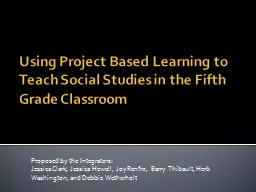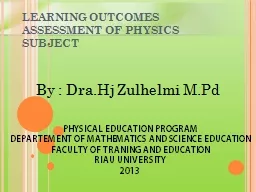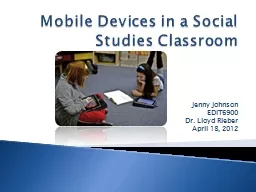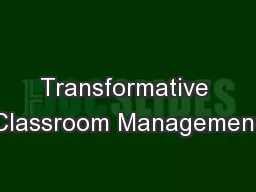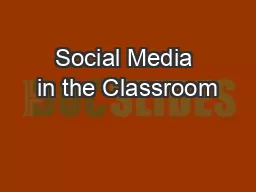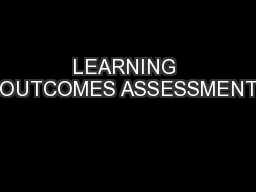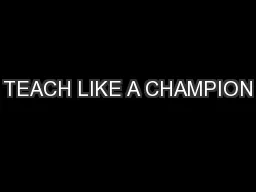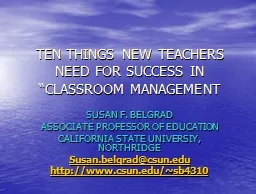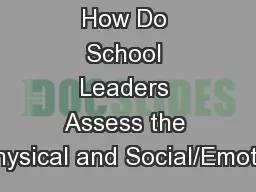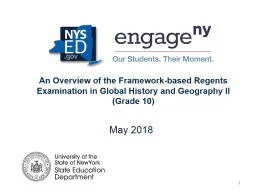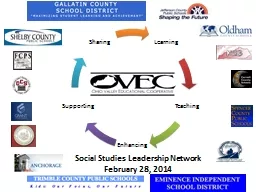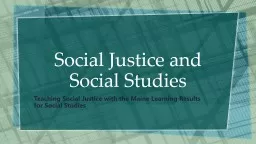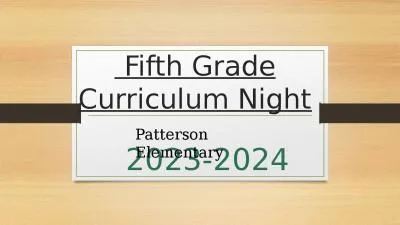PPT-Using Project Based Learning to Teach Social Studies in the Fifth Grade Classroom
Author : trish-goza | Published Date : 2019-11-06
Using Project Based Learning to Teach Social Studies in the Fifth Grade Classroom Proposed by the Integrators Jessica Clark Jessica Hewell Joy Renfro Barry Thibault
Presentation Embed Code
Download Presentation
Download Presentation The PPT/PDF document "Using Project Based Learning to Teach So..." is the property of its rightful owner. Permission is granted to download and print the materials on this website for personal, non-commercial use only, and to display it on your personal computer provided you do not modify the materials and that you retain all copyright notices contained in the materials. By downloading content from our website, you accept the terms of this agreement.
Using Project Based Learning to Teach Social Studies in the Fifth Grade Classroom: Transcript
Download Rules Of Document
"Using Project Based Learning to Teach Social Studies in the Fifth Grade Classroom"The content belongs to its owner. You may download and print it for personal use, without modification, and keep all copyright notices. By downloading, you agree to these terms.
Related Documents

